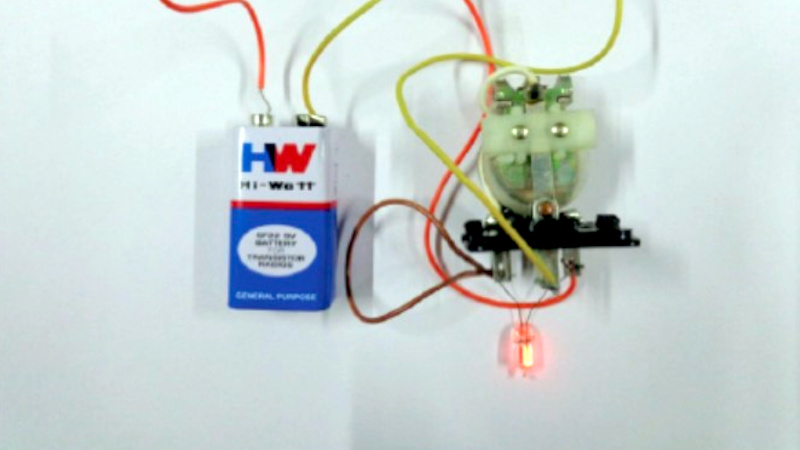Most of us know that a neon bulb requires a significant voltage to strike, in the region of 100 volts. There are plenty of circuits to make that voltage from a lower supply, should you wish to have that comforting glow of old, but perhaps one of the simplest comes from [meinsamayhun]. The neon is lit from a 9-volt battery, and the only other component is a relay.
What’s going on? It’s a simple mechanical version of a boost converter, with the relay wired as a buzzer. On each “off” cycle, the magnetic field in the coil collapses, and instead of being harvested by a diode as with a boost converter, it lights the neon. Presumably, the neon also saves the relay contacts from too much wear.
We like this project for its simplicity and for managing to do something useful without a semiconductor or vacuum tube in sight. It’s the very spirit of our 2025 Component Abuse Challenge, for which there is barely time to enter yourself if you have something in mind.

















Could not access the linked article on the Indian site (geoblocking ?), but Archive.org could do it:
http://web.archive.org/web/20251108182024/https://www.ias.ac.in/article/fulltext/reso/021/05/0457-0465
I remember playing with an automotive relay and getting shocked when I took power away from it. This is a great candidate for the abuse challenge because it’s only a short matter of time before the relay fails. But how practical is this, it seems more like a cool trick.
ah the spark transmitter has returned. only the secondary is missing.
You can also power a neon light with four coffee cans, some wires, and two faucets. Not a battery in sight.